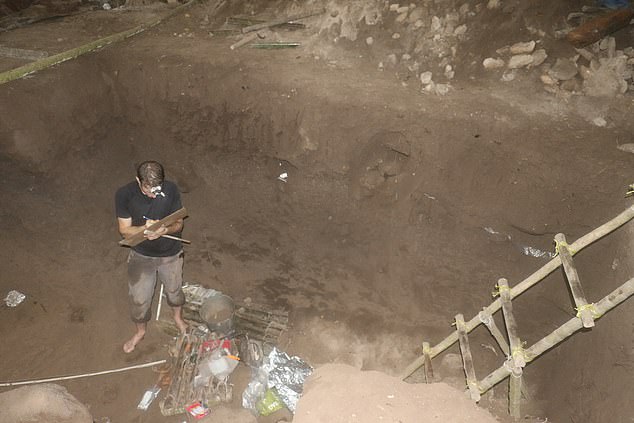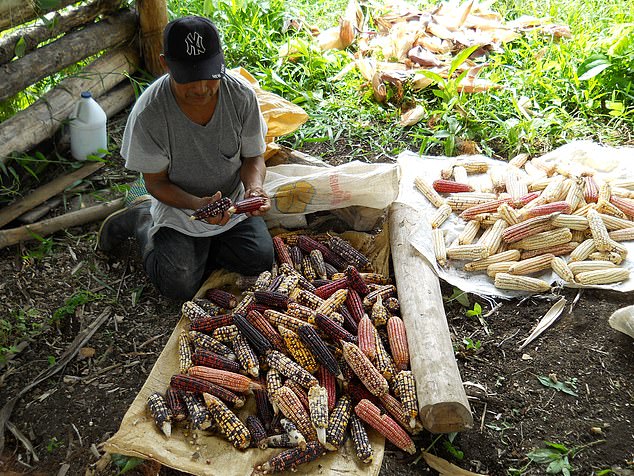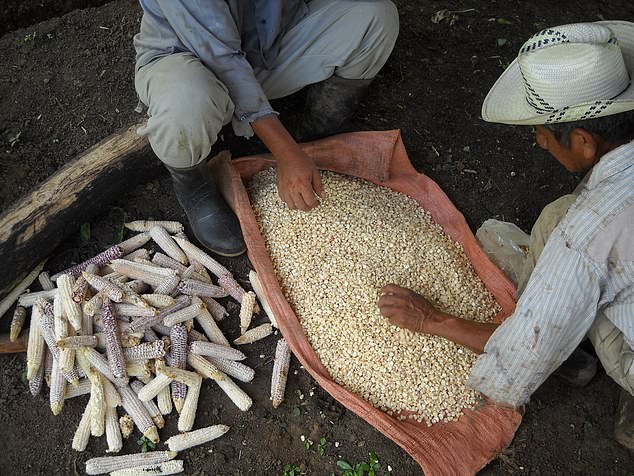Dozens of ancient well-preserved skeletons were discovered in rock shelters in the Mayan Mountains of Belize. The remains seem to have been buried over 10,000 years ago, with the oldest remains dating back to between 9,600 and 8,600 years ago, with continued burials occurring until about 1,000 years ago. The remains hold clues to the origins of maize as a staple of the human diet.

Because these areas are high in humidity, it is extremely rare to find older human remains and this burial site is the only one of its kind in the Neotropics that was used repeatedly. This gave researchers an opportunity to study dietary changes over a prolonged period of time.
Researchers examined 44 skeletons of adult males and females as well as children, and measured levels of carbon and nitrogen to gather information on their diet. It was discovered that the oldest specimen fed on herbs and berries. Further bone analysis of the ancient skeletons revealed that humans first started eating maize at least 4,700-years-ago.

Radiocarbon dating of the skeletal remains helped the team discover the point where humans transitioned from pre-maize diets to a farmed food source. Maize made up about a third of people’s diets in the area around 4,700 years ago, rising to about 70 percent just 700 years later.
Evidence exists to show that maize was first cultivated in the Maya lowlands around 6,500 years ago.

Until now, not much was known about when humans started consuming maize – a crop that was once readily available to only South America has become an important part of diets all across the world.
Learn more about this groundbreaking research in the Science Advances Magazine from the American Association for the Advancement of Science.


